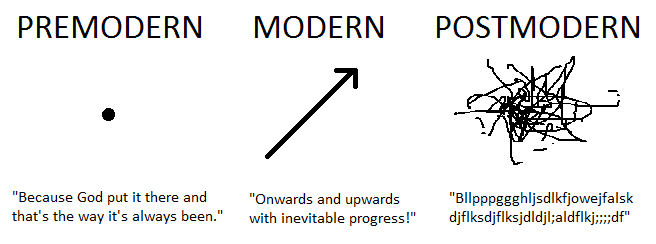We will be using the ideas of three main theorists: Jameson, Lyotard and Baudrillard.
Frederic Jameson is our first:
This teacher, in a hat, explains it very well! Mr G – you need to get a hat!
In order to try and understand and locate and recognise how his ideas are apparent in today’s postmodern media, a really easy place to witness pastiche, parody etc are in advertising.
Just look at how Marmite have used an approach to this advertising campaign and cashed in on a whole range of postmodernism:
All of these adverts are examples of how postmodern media manifests itself in advertising and marketing – pastiche, parody, intertextuality, easter eggs and self-reflexivity abound. You have to be culturally competent to get the nuance.
Parody of Apple Inc.
Pastiche of Marvel Movies.
Homage to Game of Thrones. You do need to be so culturally competent!
Parody of advertising in general and also mocking advertising tropes – the celebrity endorsement.
Homage to specific films or cinematic styles.
An advert that is deliberately self-reflexive – they are unabashed about selling. This is an advert – so what?
Intertextual references – one advert referring to another.
and finally
Recognise anything?


